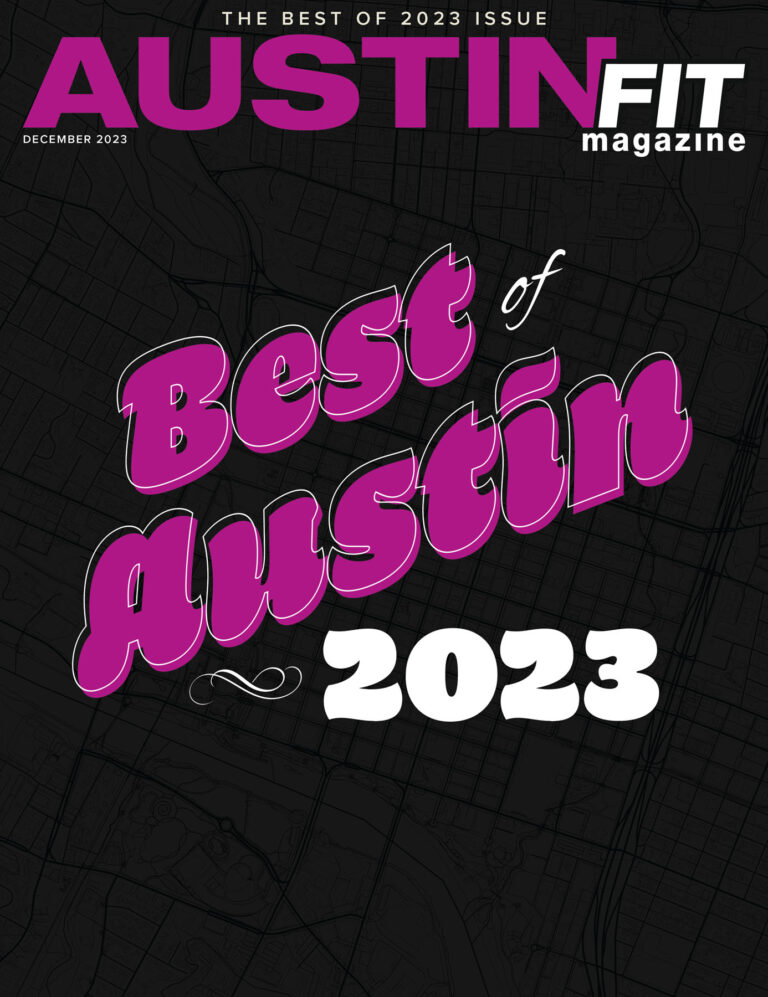All About Osteoporosis

Osteoporosis is a scary word. It can feel daunting and intimidating, especially as it is a silent disease, and one that typically comes with age. And it can feel a little intimidating when you’re first trying to learn about the subject with all of the studies and resources online. Here, we’ve broken down the major aspects of osteoporosis, it’s meaning, prevention and treatments.
What is osteoporosis?
The adult human body has 206 bones, and the body depends on each and every one of those for our favorite activities and everyday movements. As we grow and age, the bones in our bodies are constantly being replaced with new bone material as the body reabsorbs the calcium and brings a fresh supply.
In fact, the entire skeleton is replaced about every 10 years, with the peak bone mass and health being at age 30. Then, during the next 10-year cycle, until around age 40, the body is still able to replace as much calcium and bone as it absorbs. After age 40, that’s when the body begins to slow its natural replacement rate and begins absorbing more than it produces.
As this continues, the bone loses density and creates larger pores inside the bone. This is where osteoporosis comes in, hence the meaning of the name, porous bone. This skeletal disorder affects the bones’ strength and causes them to become more brittle overtime. There have even been studies that approximate that one in two women and up to one in four men ages 50 and older will break a bone due to osteoporosis weakening the bones.
What are the risk factors?
Everyone will lose bone density as they age, but those with a higher peak bone mass at age 30 will consequently have a lesser risk of fragile bones as they age. This, of course, has exceptions as people with various risk factors and conditions have their chances of developing osteoporosis multiplied. Since bone development is closely tied to estrogen, women tend to have a greater risk after menopause. Women over 50 should talk to their doctors about getting a DEXA scan to better assess or diagnose the risk of osteoporosis.
Some other risk factors include individuals with diabetes who had weight loss surgeries and usage of corticosteroids, smoking and alcohol usage, and the list is surprisingly lengthy. It’s important to talk with your doctor about your potential risk factors, especially if you had an early menopause, have one or more of the risk factors or have a family history of osteoporosis complications.
What are the warning signs?
Unfortunately, osteoporosis is known to be a silent disease, meaning there aren’t many warning signs in its early stages. In the later stages, however, some things to look out for are severe back pain (caused by a fractured vertebra), loss of height, stooped posture or a bone breaking much too easily.
Why is it dangerous?
When bones become porous, they become much easier to break. Many times, a patient has no idea they are developing the bone disorder because there are no symptoms until a bone is broken. If left unnoticed for too long, it could leave that individual at risk for breaking a crucial bone like vertebrae or pelvis.
In fact, in some extreme cases, people with severe osteoporosis can break a bone just from sneezing. Even if the ailment is not as severe as that, it can still complicate everyday life as breaking a bone becomes much more possible. This becomes dangerous because, if it’s a bone that can’t be fixed, like a hip bone, the patient will have to undergo surgery for a replacement. Unfortunately, the statistics on individuals over 75 who have a hip replacement, for example, show that, on average, they live about five years post-replacement surgery.
Osteoporosis is also dangerous for psychological factors. Many times, the risk of a broken bone keeps an individual from continuing certain activities that they love. The more severe the case, the more isolated that individual will come to feel. Isolation and loneliness are some of the major factors for depression in seniors, so it’s important to keep both your mind and body as healthy as possible.
Prevention and Treatment
How can one prevent osteoporosis?
There are many small lifestyle additions that can lessen your risk of osteoporosis. When it comes to your diet, make sure you are eating a variety of colors and getting enough fruits and vegetables. Calcium-rich foods like dairy products, dark leafy greens or fortified milks and cereals are another great place to start, or try adding in a calcium supplement.
If you can, also try to make sure that your workout routine includes weight-bearing movements or styles. Swimming for example, although great for overall health and joints, does not put any impact on your bones, thus not strengthening the bones.
There are also aspects to limit from your lifestyle and routines. Alcohol consumption, smoking habits and caffeine intake should remain at a minimum. While it may not be possible for you to cut these out entirely, try being more mindful in your consumption and practices, and that will go a long way in the long run.
What is the standard treatment?
The usual first line of defense when medically treating osteoporosis is a group of medications called bisphosphonates. These work to slow down the amount of bone loss that a person is experiencing, allowing for the bone growth process to catch up and strengthen the bone. These, however, can sometimes create side effects like bone, joint and muscle pain from the bone process or nausea, irritation and ulcers from the pill itself.
Since every person reacts to medications differently, there are times that these side effects are too great for an individual, and then a new plan is devised. Other medications a doctor might try are denosumab and teriparatide, with possible added supplements and therapy practices like osteogenic loading exercises.
What is osteogenic loading?
While there are several different kinds of medications that are meant to help speed up bone growth or slow down bone breakdown, osteogenic loading is a different approach to osteoporosis prevention and treatment.
When a certain level of strain or weight load is put on the bone, it stimulates the bone-building cells to get to work. This, naturally, strengthens the bones by improving bone density. The only problem is that it takes a specific level of loading, or weight, to trigger this bone-building response — about four times an individual’s bodyweight.
The reason this is an issue is because, say, the patient weighs 130 pounds. According to the rule of four times the weight, that individual would need to lift 520 pounds just to stimulate any amount of beneficial or significant bone growth. Clearly, this is dangerous for any age.
While there are some techniques like power-hopping that are designed to strengthen hip bones, they tend to be designed for individuals already in well enough shape to perform the moves (like a single-leg hop), and they only really focus on one or a few specific bones (like hip bones).
Luckily, a new approach to this obstacle is impact-training machines that stimulate that growth without the unnecessary dangers that come along with heavy weights like at OsteoStrong here in Austin.
What is OsteoStrong?
One such place to train your bones is OsteoStrong. With machines invented by John Jaquish, Ph.D., about 10 years ago, the boutique-style gym offers several different machines that focus on different parts of the body and different bones. The machines look just like the kind of setups you might find in any gym, but with a few major differences. Most importantly, the machines aren’t designed to have an individual manually lifting weight, but rather they are simulated through high-tech robotic devices.
At the facility, clients will use each machine once a week for several minutes at a time. Under the supervision and direction of one of OsteoStrong’s trained technicians, the client will experience high-impact emulation through the machines, without having to lift or move any heavy objects. In 12 months, there can be up to a 14% increase in bone mass density, and the progress is shown to each client at the conclusion of each session.
Who can benefit From osteogenic loading?
Everyone! Studies have shown that this technique, osteogenic loading, improves not only bone density, but muscular strength and balance as well. Having strong bones for any age helps to limit the risk of injury and keeps the body working as best as it can. Plus, as mentioned earlier, since exercises like swimming and biking don’t actually help bones get stronger unlike running and weightlifting, adding osteogenic-focused moves into your routine can greatly increase your overall health.






